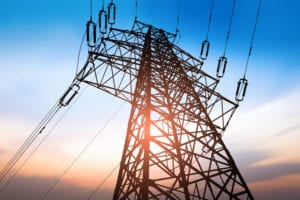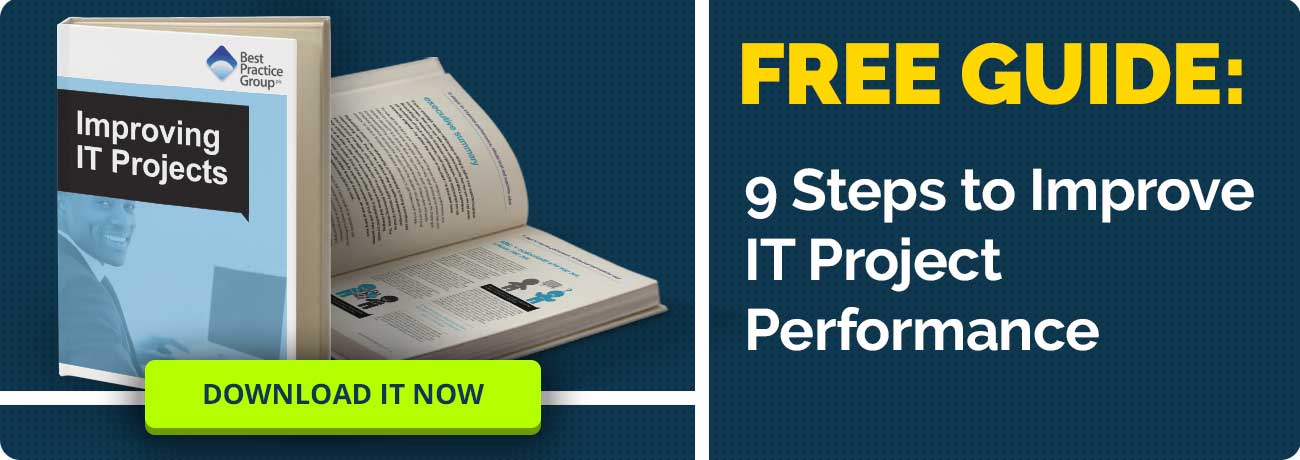Npower has faced many challenges over the last few years. At the centre of the most recent of these is the reportedly long-running billing issues the company and its customers have suffered from since IBM installed a new SAP billing system in 2011. It was reported that the resulting misalignment between the system and Npower’s customers led to years of problems, fines, and a flood of people looking for a new provider. But were these problems avoidable, was there anything that could have been done better to achieve a different outcome? That’s what we’ll be assessing in this article.
It appears that Npower was not alone in this. Many of the UK’s energy suppliers have been taken to task over charging issues. However, Ofgem decided to single out Npower with a significant fine of £26m. It stated that this was for billing failings that impacted over half a million customers over the preceding two years and their “failure to handle complaints effectively within a reasonable time frame”. As a result of this, Npower announced it was going to have to shed over a fifth of its UK workforce due to the significant losses it suffered; losses it claimed were due to ongoing issues with a SAP billing system developed for them by IBM.
ComputerWeekly reported at the time that Peter Terium, CEO of RWE, Npower’s German parent company, said that “the billing system at Npower” had been a “disaster”, and a quick look on the RWE website reveals that it believes the company’s UK subsidiary’s loses of €137m were due, at least in part, to “serious process and system-related problems in residential customer billing”.
According to the ComputerWeekly article, Ofgem traced the company’s issues back to IBM’s installation of their new SAP billing system in 2011 which resulted in late billing and complaints being recorded incorrectly. The article goes on to say that it seems, therefore, that the multimillion-pound IT system IBM designed to improve Npower’s customer experience had the very opposite effect.
The Register subsequently ran an article titled “Botched SAP billing system helps Npower reach No 1 on gripes list” and claimed that because of this “One in every 326 customers lodged a complaint against Npower, putting it top of a UK energy supplier league table”.
In the meantime, Npower had not been resting on its laurels. The company had committed 800 staff to solving the problem, but according to the article in The Register, this was not enough for Citizens Advice Chief Executive Gillian Guy, who is reported to have said: “It is unacceptable that Npower has not yet sorted out the serious failings in its billing systems and customer service which are causing so many complaints and serious problems for its customers.”
Implementation background
Having completed the first phase of its new billing and customer system for Npower, the company started to shift its five million customers across to it. A Computer World UK article suggests that this was the origin of the problems facing Npower. It reported that “An Npower spokesperson said that the billing and account problems were the result of a number of ‘complex and varied issues’ due to the size of the project”, and it also cites the same Npower spokesperson as saying that the issues all started during the transfer of accounts from legacy technology to the new SAP system.
As the implementation progressed, it was clear things were not going well. A ThisisMoney.co.uk article at the time stated that “a million customers have gone without bills for months and now face huge demands or a wait for refunds” – that means that just under a fifth of the company’s customers were impacted by “errors to bills and direct debits”.
Lessons learned
There are many complex and varied issues in larger system integration/implementation projects of this nature. In our experience of reviewing and realigning hundreds of these complex service delivery relationships, such issues can often arise as a result of poorly designed precontractual implementation due diligence. Therefore, inspired by the Npower story, here are our eight primary implementation due diligence lessons to help you better predict and minimise risks on any major project you may be a part of:
1 – Pre-Contractual Due Diligence
Providing your prospective supplier with the opportunity to carry out a proper due diligence analysis on you and your project pre-contractually will give them better visibility to assess more accurately what they can deliver on, what they can’t deliver on, and what the impact of those things they cannot deliver on are likely to be. To not do this increases the risks of expensive post-contract change requests.
2 – Business Background/Vision
Adding context to purpose is vital. As part of a supplier’s due diligence, it is important for them to fully appreciate why their client wants what it wants and why what it is looking to achieve is so important to them. Such detail can help suppliers to identify where value can be best added and how objectives can be achieved more quickly.
3 – Objectives Visibility
A supplier must not only assess its own capabilities and capacities during its due diligence, it must also look at its would-be project partner, the client, and its in-house talent and teams to determine how together objectives may be achieved. Proposed schedules and expectations can all be held up against available resources and how they may be deployed.
4 – Understanding ‘as is’
On projects that currently have a BAU element, it is important for suppliers to have visibility over this standard mode of operation. It makes sense to offer new professionals every opportunity to get up to speed on what does and does not work in current running strategy so they can better identify what should be incorporated and what should be replaced, how to achieve better outcomes more quickly, and where to add value.
5 – Clarity over ‘to be’
With full visibility over a client’s aspirations and ‘as is’ environment, it will be easier for a supplier to identify weaknesses in the route to a client’s business objectives or the outcomes it expects to achieve. It is then down to the supplier to critical friend challenge the client to clearly show where timescales and budget may need adapting.
6 – Asking the ‘right’ questions
The detail that can be gathered during a due diligence process offers a supplier both greater opportunity and obligation to ask the right questions. Opportunity for the supplier to identify weaknesses and possibilities for adding value, and obligation through this additional knowledge to professionally advise the client where its capability or capacity may be lacking. Its ‘duty to warn’ is clarified with all new knowledge that it obtains.
7 – Solution proposed
A supplier’s thorough and unambiguous understanding of the various elements of a client project should be assessed from the outset, addressing its appreciation of everything from the client’s reasons for the project in the first place to the consequential impact on the client should expectations of outcomes not be met. Clarity at this point is vital to the success of the project and the stability of the relationship throughout its lifetime.
8 – Assumptions
The knowledge each side has about the workings and abilities, motivations and capacities of the other, will grow over time. At the outset, no matter how much analysis is undertaken, knowledge will be lower than later on in the relationship. Therefore, in any complex service delivery relationship, assumptions will need to be made to fill knowledge gaps. As assumptions are the weak points of any proposal, they need to be identified, their reasons and logic explained, and they should be monitored and replaced with facts as and when such facts become available in order to minimise risk.
Conclusion
According to a recent Guardian article, Npower seems to have not recovered from the issues it faced when Ofgem took it to task, with an operating loss of £90m and 80,000 fewer customers in the following financial year. It is not surprising that “Industry figures had previously said the brand had become so tarnished that a rebrand was likely”. A recent report reveals that energy company SSE might be talking to Npower about a possible merger, which could well be the change this company has been waiting for. Watch this space.
Photo credit: iStock, WangAnQi


